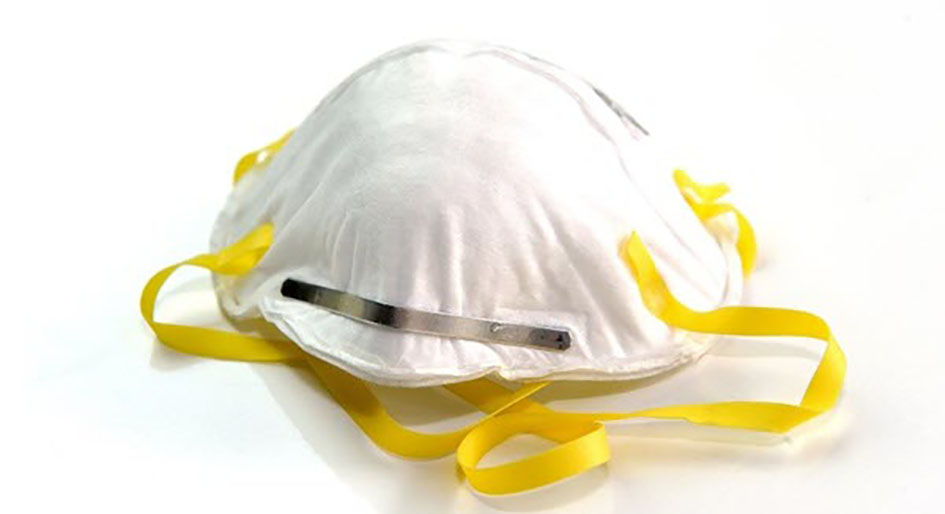The Canadian Construction Association (CCA) continues to support members and the industry by monitoring guidance and direction of public health and government authorities, and providing resources and ongoing updates to ensure everyone’s safety.
“Our position is that compliant sites should be open and those that cannot consistently comply with measures and guidelines of public health authorities should shut down,” says Mary Van Buren, CCA president.
The association’s latest effort is to release its first version of the COVID-19 Standardized Protocols for All Canadian Construction Sites. CCA encourages all construction firms to implement them in their entirety.
Companies must also remain aware of rapidly changing best practices and integrate with the CCA Standardized Protocols instructions, best practices and requirements from Health Canada and local public health authorities.
This document provides best practices and a consistent national approach for employers and employees to follow in order to protect themselves and the public at large and help minimize the spread of the coronavirus so that work can be continued safely. These protocols include measures on prevention, detection, and rapid response based on information and recommendations from respected public health authorities.
The protocols, which include prevention, detection and rapid response measures, will minimize the impacts of the crisis and ensure business continuity in the construction industry.
Some of the measures include:
- Detailed tracking of worker’s status on-site and off-site are kept at all time (e.g., fit to work, sick, off-work for family caring duties, etc.). A list of all quarantined workers is updated daily and their privacy maintained.
- Freight elevators are operated/occupied by only one individual at a time or where feasible, by respecting the social distancing guidelines
- All offices and jobsites implement additional cleaning measures of common areas as recommended by the CDC and PHAC. All door handles, railings and personal workstation areas are wiped down twice a day with a disinfectant, such as disinfectant wipes.
- Additional sanitary measures on site: water stations, a hand washing protocol, hand sanitizer stations, provision of disinfectant wiping products. Limiting and removing internal touch point areas.
- Construction site is to be segregated to the extent possible in zones or other methods to keep different crews/ trades physically separated at all time.
- One-way staircases are established wherever practical to minimize worker’s contacts.
- Project teams stagger break and lunch schedules to minimize the number of people in close proximity to one another.
As the situation continues to evolve and new best practices emerge, CCA will be keeping this document up to date, and publishing new versions as required. CCA also plans to keep an open dialogue with stakeholders to ensure the industry remains proactive to any emerging risks.
The construction sector is one of Canada’s largest employers and a major contributor to the country’s economic success. The industry, 70 per cent of which is are small and medium businesses, employs more than 1.5 million Canadians and contributes 7 per cent of Canada’s Gross Domestic Product.
The sector will play a critical role in recovery by protecting the health and safety of employees and the public today and limiting the negative impact of COVID-19 on the economy and communities.
As part of normal business practice and operations, the construction industry already has in place and implements highly-disciplined health and safety protocols on construction sites and at manufacturing facilities. In the current environment, members have significantly amplified these protocols and implemented new measures based on recommendations from governments and public health authorities.
The protocol document can be found here.










